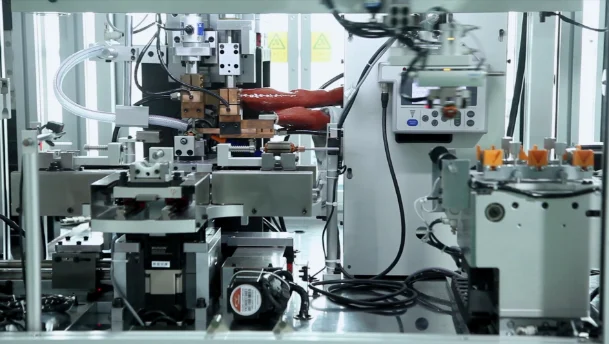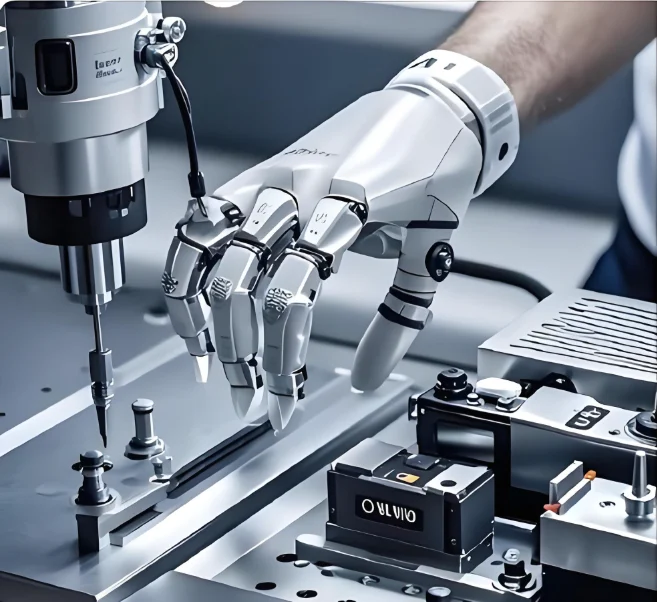1 Application Value of Mechatronics CNC Technology in Mechanical Manufacturing
1.1 Enhancing Work Efficiency
Mechatronics and CNC technology work together to improve the accuracy and efficiency of mechanical manufacturing. These technologies help operators control production parameters precisely. As a result, they improve coordination between different steps in the production process. This coordination increases the productivity of the entire enterprise.
Operators can machine parts more accurately using this technology. They reduce rework rates and improve product quality. These improvements ensure better quality and higher efficiency. At the same time, the technology drives equipment upgrades and process innovation. It also helps managers make smarter decisions. Enterprises can use it to predict and control production more effectively.

1.2 Optimizing Industrial Systems
Many companies in China’s machining industry still face problems. They struggle with machining accuracy, low efficiency, and weak system control. These problems reduce their competitiveness. Mechatronics CNC technology helps solve these issues. Enterprises can use it to find and fix problems in their systems more accurately.
The technology improves machining precision. It simplifies production workflows. It also helps companies close the gap with advanced global standards.
1.3 Improving Process Capability
Mechatronics CNC systems use sensors to collect real-time data. These sensors are very precise. Analysis systems use this data to find problems in the process. They also suggest ways to improve it.
The built-in feedback systems monitor each detail of production. They keep the system stable. When interference occurs, the system removes bad data quickly. This keeps the system running smoothly.
2 Application Strategies for Mechatronics CNC Technology in Mechanical Manufacturing
2.1 Sensing Technology
Sensor technology plays an important role in CNC systems. It helps automation by collecting accurate information. Researchers must build strong sensor networks. These networks should collect, sort, and send data in real time. They should also use modern information technology.

New sensors combine sensitivity and programmable functions. They improve how systems interact with information. They also respond to signals quickly and make control more stable. For example, some pressure sensors respond in only 385 milliseconds.
2.2 CNC Technology
CNC technology combines computers, communication tools, and control systems. Companies widely use it in CNC machines and control programs. It improves energy use and machining accuracy.
CNC machines use precise tools and automated programs. These tools reduce human errors and shorten production time. They also increase output. Operators can easily change plans and parameters. This makes the system flexible and supports efficient production.
2.3 Flexible Manufacturing Technology
Flexible manufacturing systems (FMS) use three main parts. These include data processing, material control, and real-time monitoring. Together, these systems support smart, automated, and flexible production.
Each flexible unit can change its work mode based on the product or task. The system combines CNC machines with good material management. It also uses real-time data to make decisions. A central control program manages and adjusts production. It analyzes data to improve results and reduce risks.
2.4 Automated Production
Mechatronics CNC technology uses smart algorithms and automatic control. These systems handle data with high accuracy. Once programmed, the equipment runs on its own. It doesn’t need people to operate it.

The system monitors operations in real time. It analyzes data and finds problems quickly. It also gives solutions. This reduces production time and increases efficiency. It makes sure each task runs smoothly, even in complex environments.
2.5 Intelligent Robots
Robots that use mechatronics and CNC technology perform many tasks. These tasks include moving materials, assembling parts, and checking quality. The robots can make decisions on their own. They can also learn and adapt to changes in production.

They keep working with high accuracy. They reduce the need for heavy labor. They also make work safer. Their use helps companies produce continuously and efficiently.
3 Conclusion
Mechatronics CNC technology helps modernize China’s mechanical manufacturing industry. To succeed, companies, researchers, and industry leaders must work together. They need to keep innovating and support industry upgrades. This cooperation also supports long-term development.
This move helps solve technical problems. It shows that the industry is serious about digital transformation. It also opens new chances for growth and global success.
